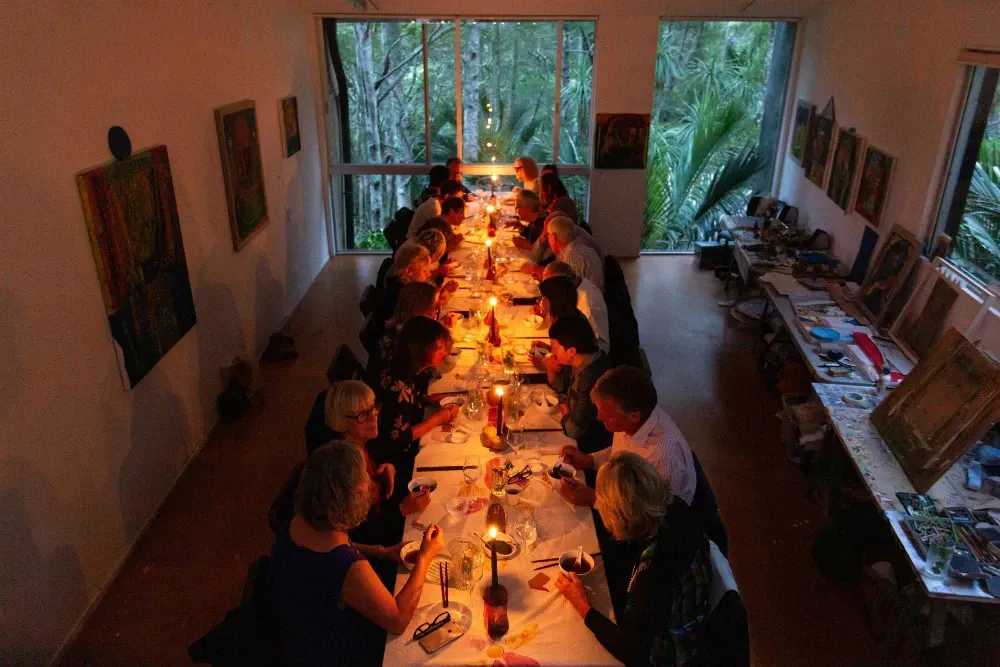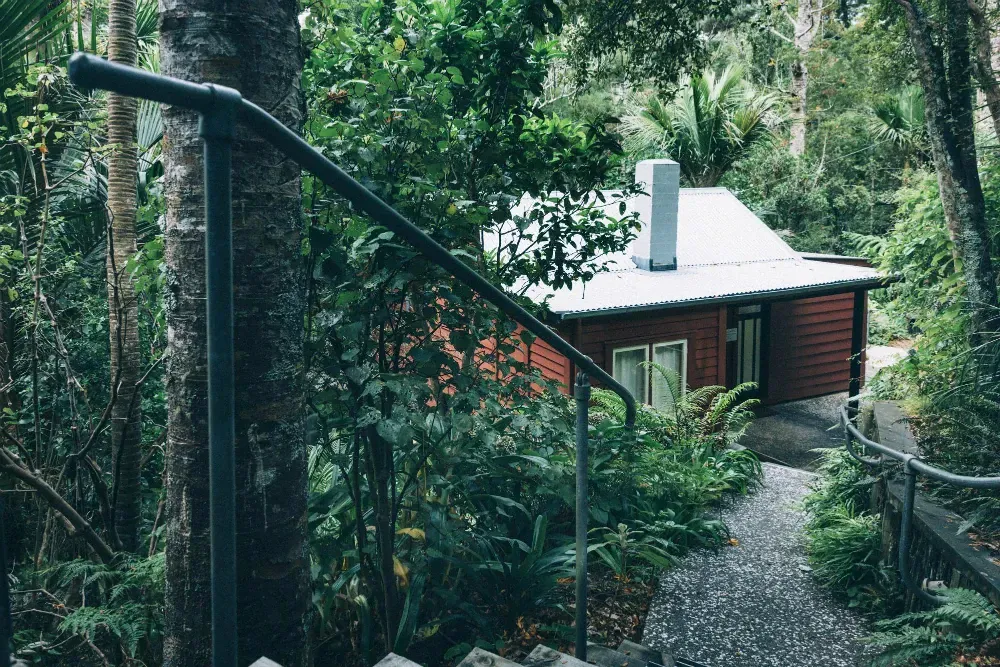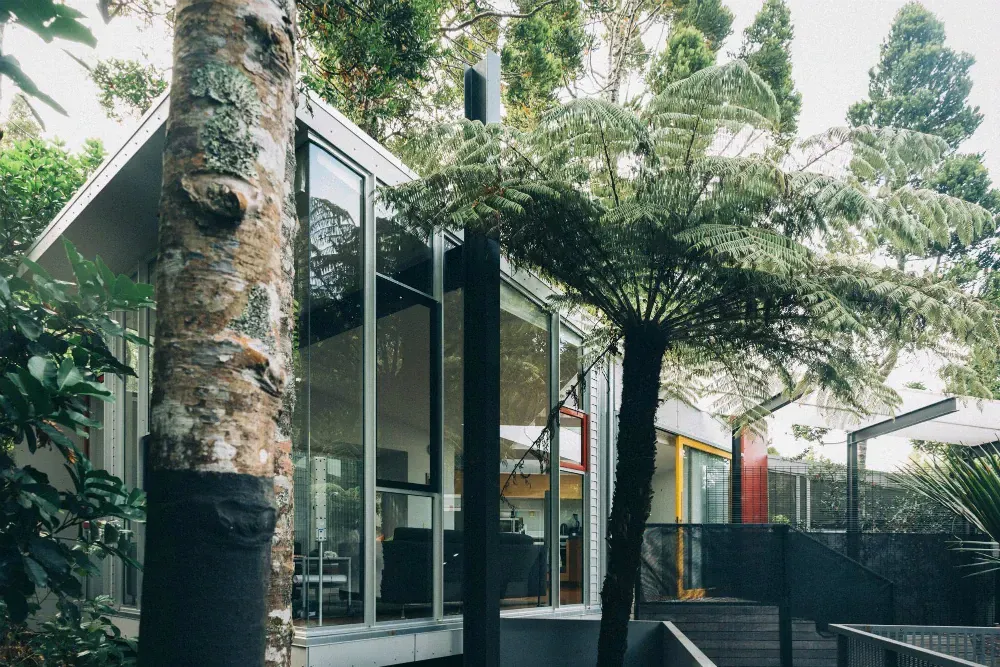Viv Stone - The driving force behind Auckland’s best-kept secret
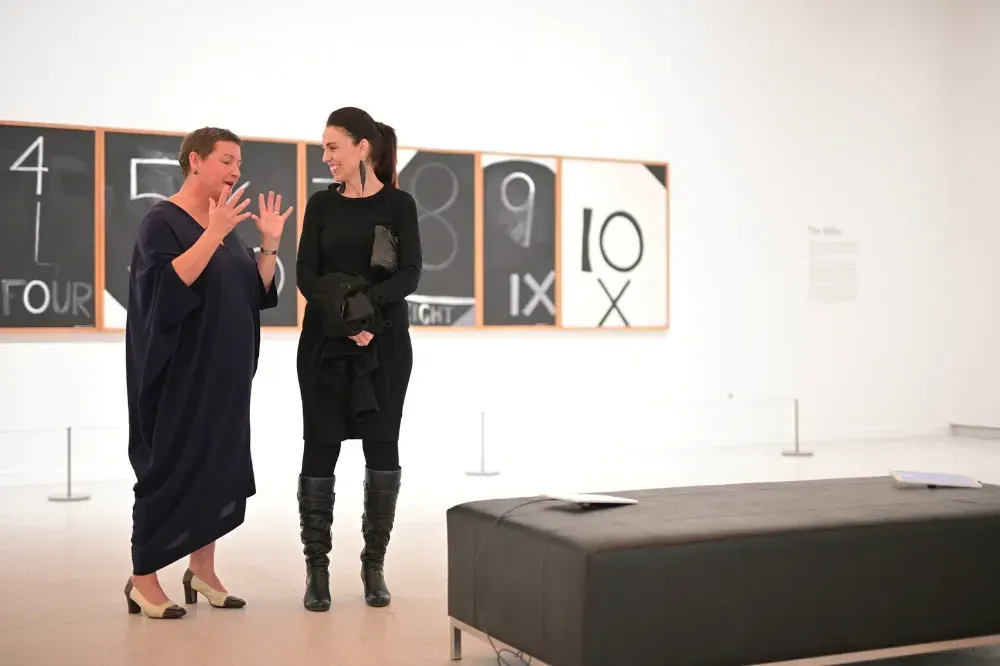
Nestled deep in the coastal foothills of the Waitākare ranges in Titirangi’s French Bay, McCahon House embodies some of Auckland’s most vital historical narratives. It stands now—as it did for McCahon— as a place where art, society and the natural environment converge.
When Viv Stone, Director of McCahon house for almost three years, first laid eyes on the 1950s bach, she felt like she had stumbled on a secret treasure.
“I couldn’t believe how amazing it was, so full of rich stories of our cultural evolution. I also couldn’t believe I didn’t know about it. I’ve long thought it was one of Auckland’s best-kept secrets.”
It was poignant interviewing Viv Stone in her offices at Lopdell House, which now boasts the taonga, Te Uru Art Gallery. My late mother had been a fervent supporter of this arts project and friends with Colin McCahon’s daughter in the 1950s.
“I couldn’t believe how amazing it was, so full of rich stories of our cultural evolution.”
Seizing the opportunity
August 1, 2019, marked 100 years since Colin McCahon’s birth. When Viv was interviewed for the director role, she suggested to the McCahon House Trust board that the upcoming anniversary was their once-in-a-century opportunity to raise the reputation, profile and visibility of McCahon House, boost visitor numbers and grow their endowment fund.
After landing the role, she and the team spent two years working towards the centenary and demonstrating that McCahon House is capable of having big visions and being able to deliver on them.
Passion versus financial security
For Viv, the role seems to be the perfect culmination of a career which spans the arts, marketing and advertising. Her colourful CV includes a stint as a producer in the early 90s, a Director role at South Island Arts Projects (now the Physics Room), a job as bFM’s Marketing Manager and a role as producer at digital hothouse Terabyte, before she was headhunted by Saatchi and Saatchi to head their fledgling digital department. As a single mother with two daughters at the time, she felt she had to juggle her passion with the need for financial security.
“Undoubtedly, I surprised myself when I ended up having a career in advertising, it wasn’t what I had expected for myself. It gave me a really valuable experience in marketing and communications. I was also lucky enough to develop some relationships with leading CEOs which has stood me in good stead for developing opportunities for future arts projects.”
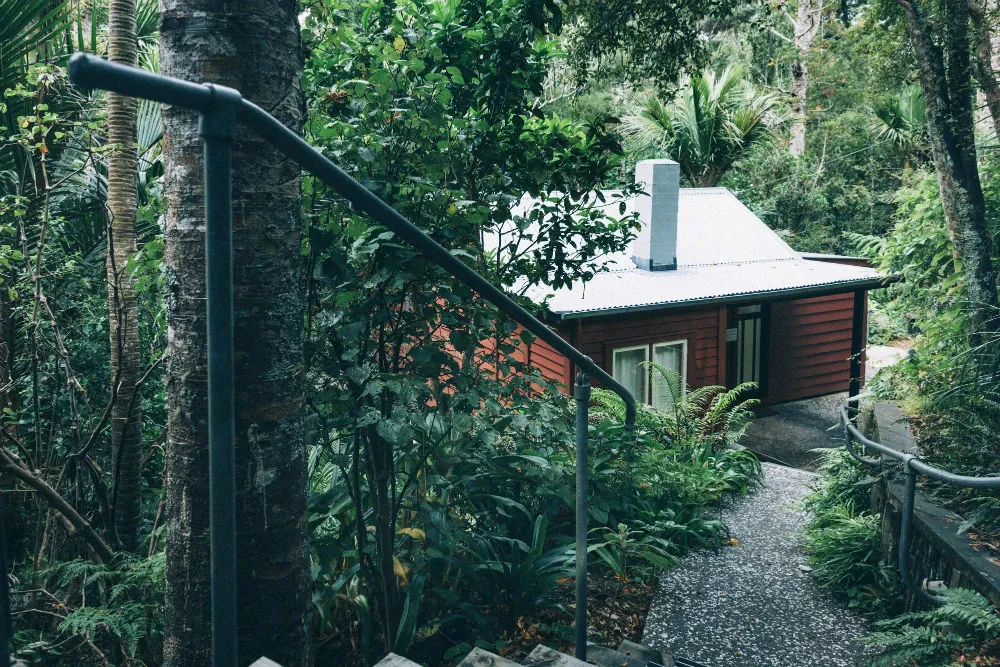
Caption: McCahon House Museum in Titirangi’s French Bay a vibrant example of NZ vernacular architecture.
In 2017, the McCahon House Trust introduced the Gate Project, their supporters’ programme which aims to build opportunities for the McCahon House artists in residence, audience opportunities for their supporters and also create an all-important annual revenue stream. They also gained sponsorship and staged a large-scale event during the 2018 Auckland Art Fair.
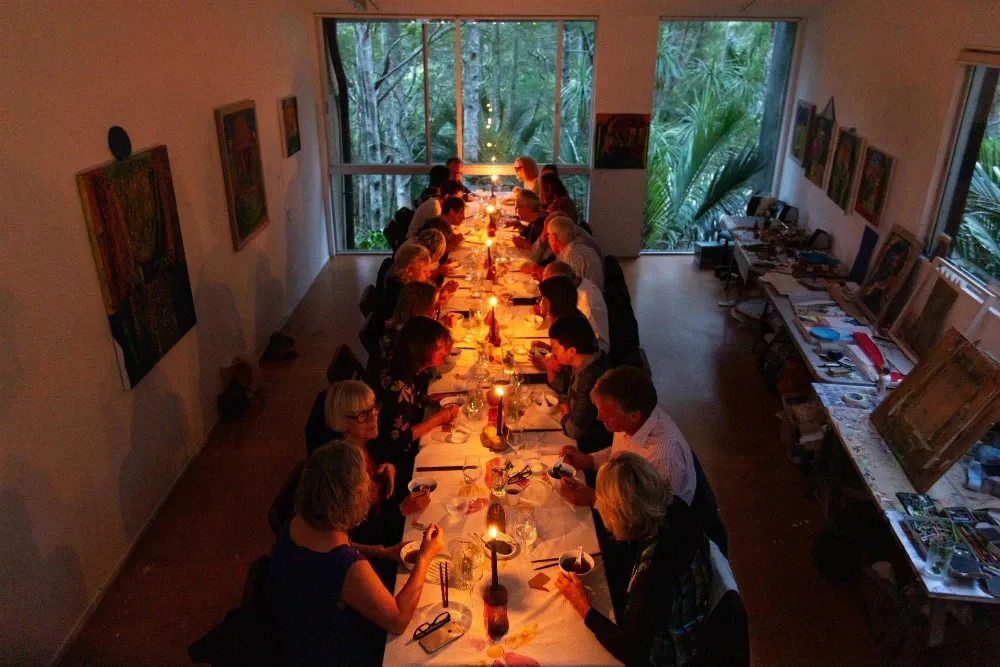 |
|
Supporters at a Gate Dinner at McCahon House.
“This was a real proof of concept to our audience and our supporters, where McCahon House demonstrated competence. It gave the board and our supporters’ confidence that we could embark on this quite ambitious centenary plan,” says Viv.
Connection and resonating with Aotearoa
The McCahon100 year-long centenary programme aims at connecting cultural legacy with contemporary practice through the McCahon100 website.
“We’ve asked New Zealanders to pick a McCahon artwork that resonates with them and to relate it to a project they are working on,” Viv explains. “We launched this project on August 1 and we update it weekly on the McCahon100 website. The written pieces are very diverse and they’re a rich archive of NZ Culture in the 21st Century. At the end of the year of centenary celebrations, we hope to publish a magazine or book of all of the contributions”.
Another centenary event that’s been part of the celebrations is the creation of the inaugural McCahon’s Auckland bus trip. This is a bus that runs from Auckland Art Gallery, where McCahon worked, to McCahon House in Titirangi. It’s the same bus trip that Colin McCahon took daily on his way to his job at the Auckland Art Gallery and which inspired many of the works he made in the 1950s.
“The McCahon’s Auckland project is a rich cultural history experience, it’s memorable and it’s fun. In the first instance we will run the bus and walking tours around specific events on Auckland’s calendar, such as the upcoming Auckland Art Fair and The America’s Cup, but our aim is that in future it will run daily,” says Viv.
Leveraging McCahon’s legacy
Of the many plans Viv has in store for McCahon House, one is a key change to the Artist Residency programme, which has been running for 13 years.
“We now want to introduce an international residency exchange,” Viv explains. “The idea is to create new opportunities for NZ artists into the world and at the same time bring international artists into NZ to breathe more oxygen and networking opportunities into the visual arts here.”
Viv believes McCahon House plays a key role in New Zealand’s artistic and cultural landscape, and one she’s thrilled to be a part of.
“I’m passionate about contributing to the sustainability of Auckland and New Zealand culture, and I feel really lucky to have the opportunity to do this,” she says. “McCahon is New Zealand’s most esteemed painter, and if we can grow the services that his legacy offers for New Zealand contemporary artists and audiences, we’ll help create a more robust ecosystem for the contemporary visual arts. I see it as a maturing of New Zealand’s art infrastructure.”
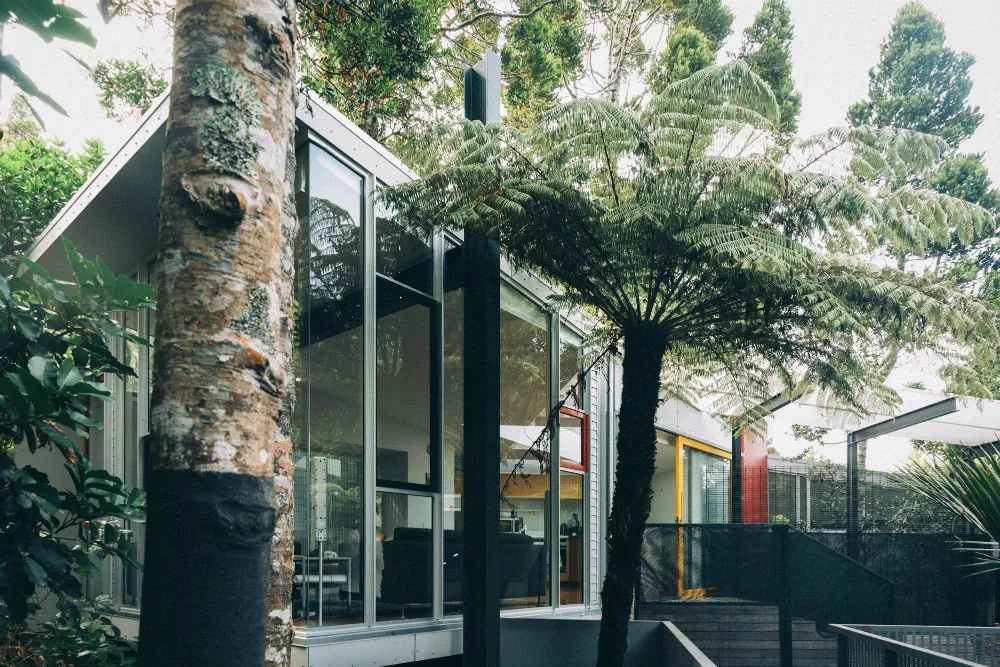
McCahon House Residency and one of the 27 Kauri on the property.
Visit Mccahonhouse.org.nz, or Mccahon100.org.nz.
